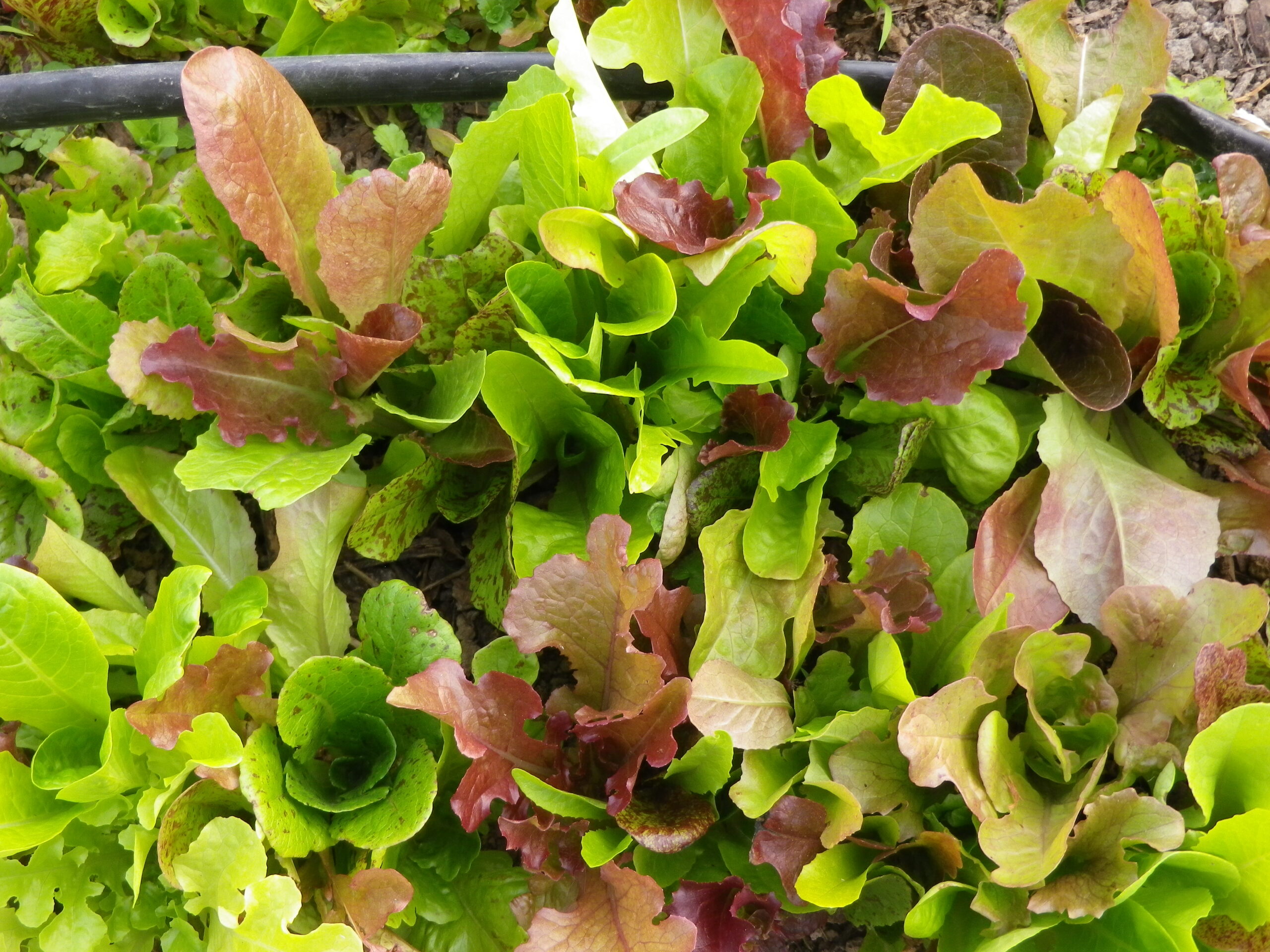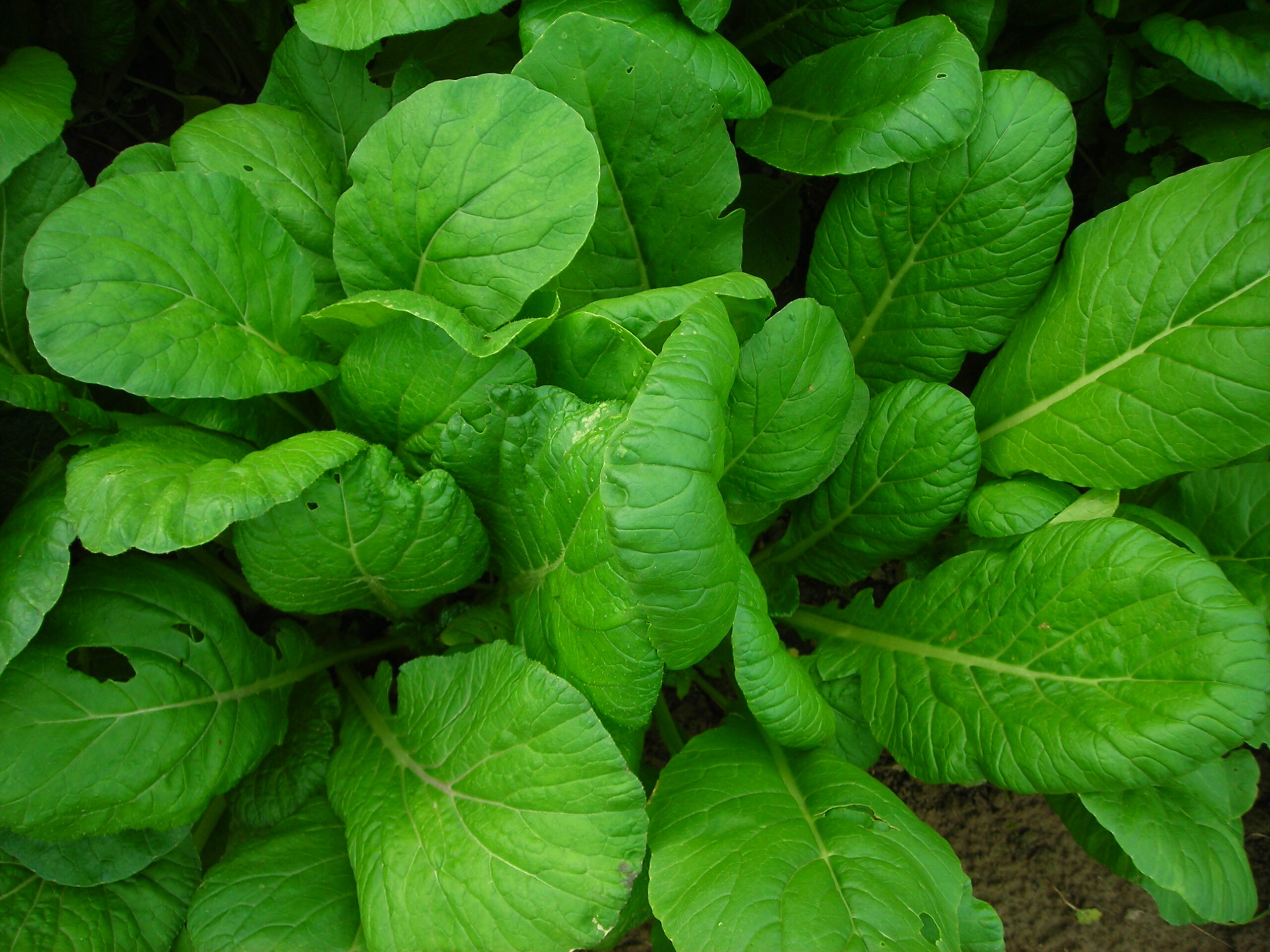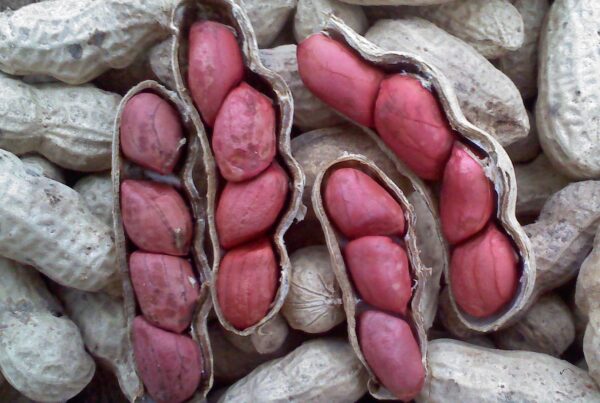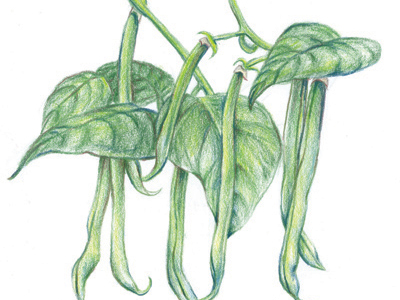By Ira Wallace Southern Exposure Seed Exchange & author of Grow Great Vegetables in Virginia
By mid-February you should finish planning your garden and start planting in flats. Lots of gardeners are turning to the new online Garden Planner tools to help with getting their initial plan finalized, adding in succession plantings, figuring out how many seeds to buy and making sure the crucial summer plantings for a successful fall and winter harvest happen on time. Many of these tools including our Southern Exposure Garden Planner will send you a reminder of what needs to be planted every other week. Most of the planners have a free trial so if you are even a little bit comfortable with online tools check out a few and give one a try. I’ll guarantee you’ll think gardening just got easier.
However you make you plan and figure out which seeds you need do it early in the month check to make sure you have all your seeds ordered and ready to start your earliest plantings. Indoors or in a cold frame, start some lettuce, parsley, early cabbage and broccoli. Finish sowing any remaining onions from seed and hot peppers like Habanero by the first weeks of February because they are very slow growing until the days get longer and the temperatures warmer.
Start more broccoli, cauliflower, cabbage, celery, Chinese greens, and lettuce in flats. By the middle of February you can start sweet bell peppers and eggplant seeds. Later in the month start your first tomato seedlings. Although I have to admit I always start a few  cherry tomatoes or other extra early tomato seedlings by mid-February, If you do this be prepared to move them up to an 8†or 10†pot before it is warm enough to put them outside. A cold tolerant Russian variety or an extra early variety like Glacier or Stupice works well if you just can’t wait. I am lucky to have a greenhouse for my early planting madness. If you don’t have a greenhouse I suggest growing your earliest seedling under florescent lights. Hang the lights on chains so you can move the lights up as the seedlings grow. Keep your lights just a few inches above the plants for sturdy little seedlings.
 If you prepared some beds last fall and covered them with mulch, landscape fabric or cardboard getting an early start on spring planting will be easy. Keep an eye on the weather forecast and the moisture content of your soil. The first warm day when the soil in your garden is dry enough for a handful that you squeeze tightly to easily crumble when thrown on the ground get out and prepare a couple of beds for planting.
If you prepared some beds last fall and covered them with mulch, landscape fabric or cardboard getting an early start on spring planting will be easy. Keep an eye on the weather forecast and the moisture content of your soil. The first warm day when the soil in your garden is dry enough for a handful that you squeeze tightly to easily crumble when thrown on the ground get out and prepare a couple of beds for planting.
We like pre-sprouting spinach, pea, carrot, and beet seeds on paper towels in a warm place for our extra early plantings in the spring. Sow them out under Reemay as soon as they send out their 1st little roots. As soon as the weather warms up a little switch to direct sowing these seeds and add cool other weather greens, Bok Choi, Lettuce, Mizuna, Mustard and early lettuce varieties. February is a great time to start growing your own baby green mix. Cold Frames and polyester floating row cover can really speed up the early regrowth of wintered over greens or the growth of early spring greens and roots.
Whenever the weather is still nice enough to enjoy being outside finish weeding your perennials and give them compost, if not done in fall, including strawberries and grapes.







